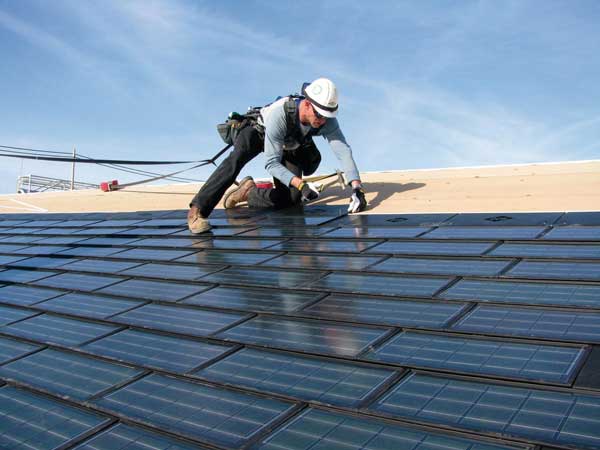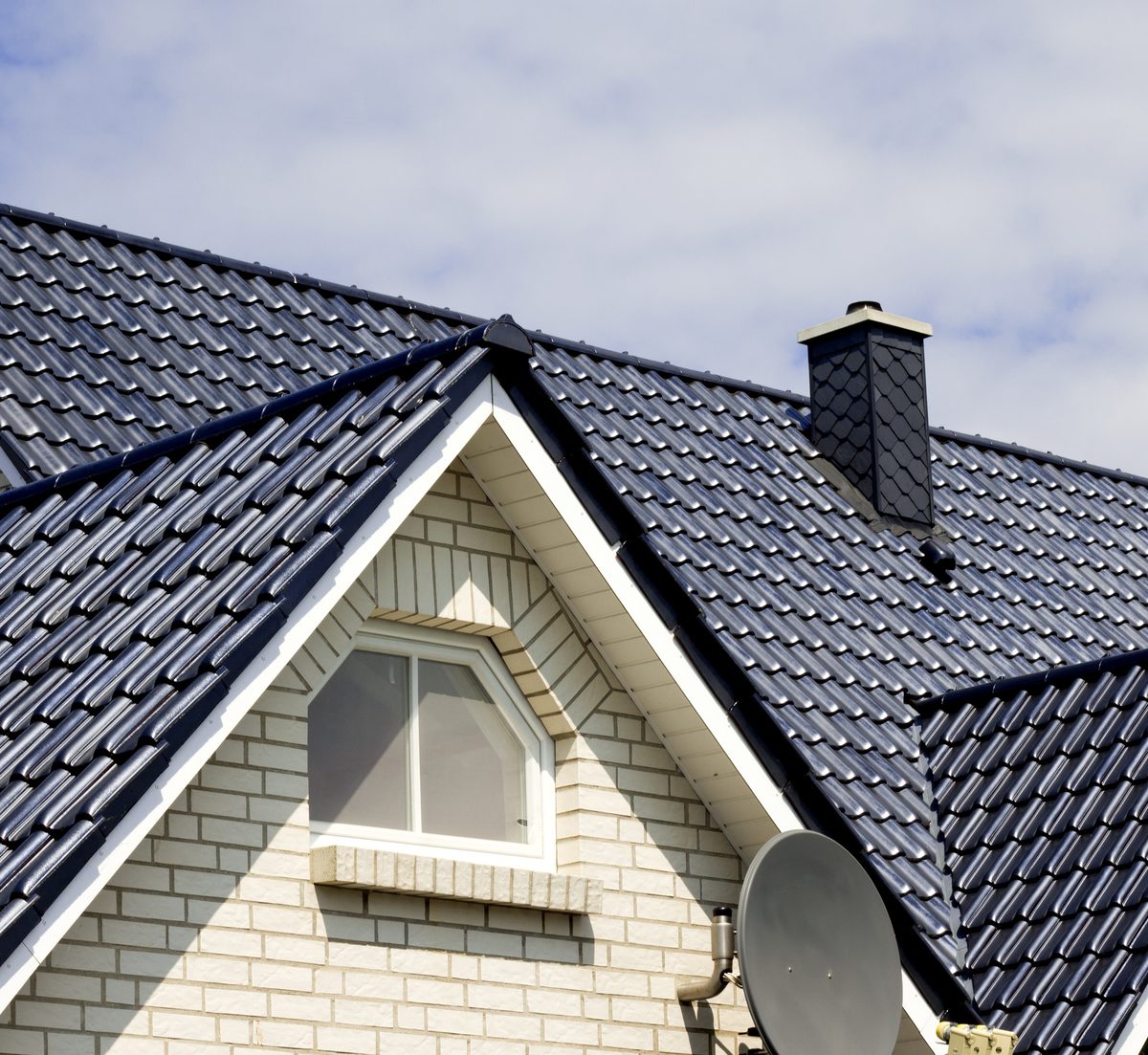When roofing a commercial building there are several options available. Most commercial roofs are flat or have a low slope and they often cost less to produce than others. The type of flat or low slope roof is usually decided by considering the type of building and the environment it is in. The types of roofing used for commercial buildings include: built-up roofing (BUR), metal roofing, modified bitumen roofing, single-ply roofing, and spray polyurethane roofing (SPF). There are generally three steps to roofing a building. The first is reinforcement which will provide strength and stability to the structure. Then there is weatherproofing layers added to resist water and finally there is surfacing that protects all of it from sun exposure that can crack the roof. The ultimate goal is to get a roof that will last. Using services of places like King Koating will ensure that your commercial roof is in tip top shape and will last for years to come.

Types of Roofs
Built up roofing is also known as “tar and gravel”, which is a traditional roofing. This type of roof is ideal because it is cheap and fire resistant. It is however, very messy to install and is not recommended for buildings that are occupied because of the smell involved. They are also difficult to repair as it can be hard to find the origin of leaks.
Metal roofing is the most popular choice for commercial buildings and they can be made from many different substances. Some may include: galvanized steel, coated steel, metal tile sheets, stainless steel, lead and tin, just to name a few. The downfall to this type of roof can is that it can become rusted over time with exposure to the sun. However surfacing layers that are generally applied can help to resist this outcome.
Modified Bitumen roofing is installed in layers and are fastened to the top of the building in the form of a two-ply system. They work well because they are light in color and reflect the sun and cut energy costs. The down side to this type is that it is not as resistant to tears.
Single-ply roofing, which includes different types of rubber roofing are welded at the seams to ensure that no water is allowed under it. It is resistant to UV rays and expansion and contraction involved with temperature change. These roofs are long lasting and can hold up for 10-25 years.
Lastly, SPF roofing is foam based and can be adjusted for thickness to help provide more protection to the roof. It is applied in two parts; the first involving a spray foam that provides insulation. The second part is the surfacing layer and protects the roofs from weather elements.
Deciding which roof is right for your commercial building can be a difficult decision without the help of a professional. That will take into account the type of building you have and the type of weather it will encounter to make a decision on what type of roof is best.





